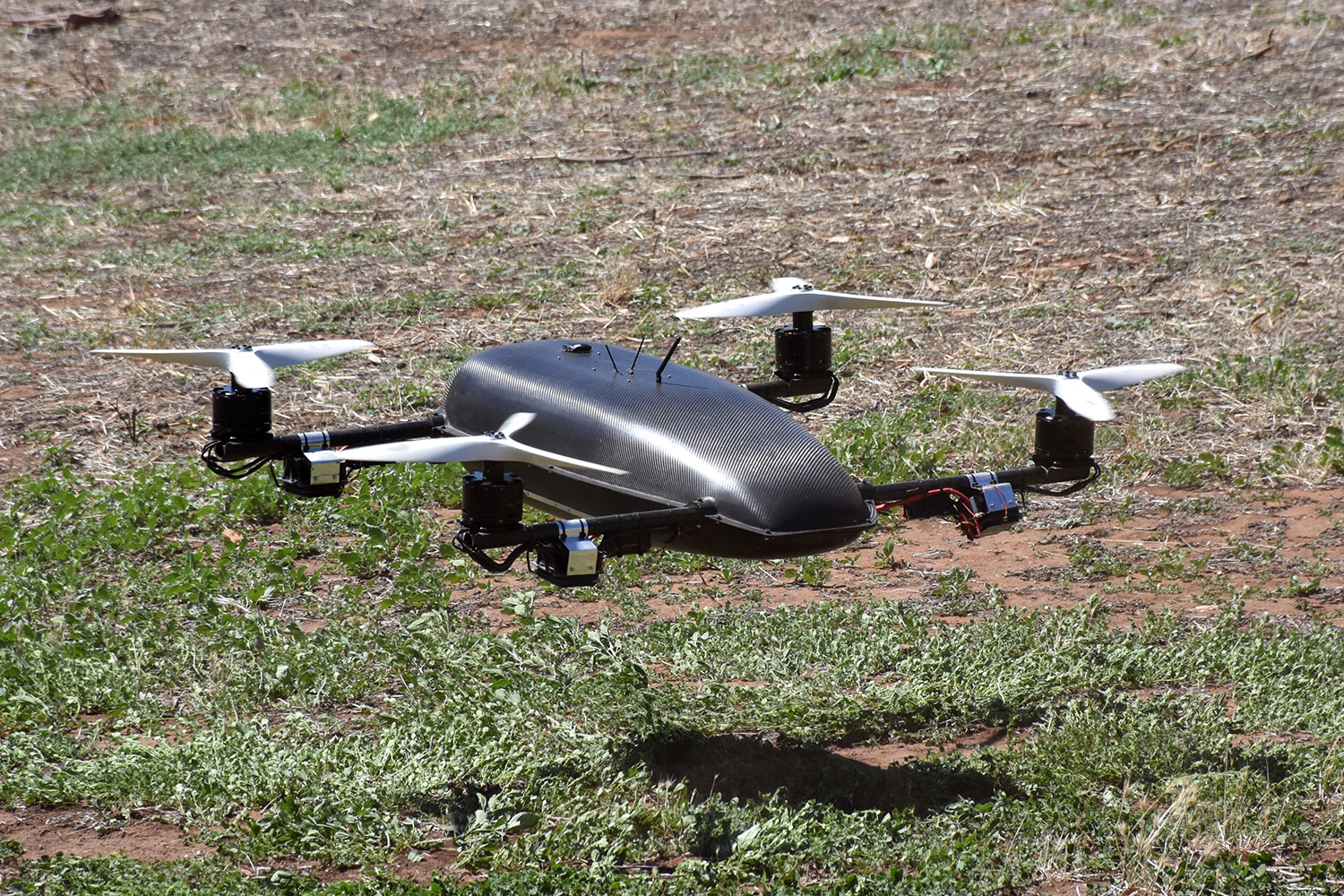That could change if Chris Ballard has his way.
The Australian founder of Freedom Class Giant Drone Racing, Ballard is the founder of a startup that’s designing, building and testing giant racing drones for what he believes may well be the next mainstream motorsport.
“What we’re looking to achieve is the Formula 1 of the drone-racing world,” he told Digital Trends. “It was very apparent to us early on that regular drone racing may be great for the pilots, but given [the drones’] small size it’s not good for spectators. You can’t see them when they’re zooming around a race course at 100km/h.”
That’s where the idea for the massive drones comes into play, but Ballard is convinced the idea has a lot more going for it than simply big UAVs.
“We’re not restricted by the traditions of motorsport, where you’re racing around a track that’s already been designed,” he continued. “With drone racing, the sky’s to limit. Literally. You can go ahead and create entirely digital courses for these things to race around. You can come up with concepts that weren’t previously possible for Formula 1 or any other type of motorsport.”
Another exciting selling point of drone racing is just how accessible it is to participants. Anyone can be a fan of Formula 1, but it takes a certain type of person to be able to compete at it. Not so with drone racing. “It’s a sport that can be inclusive of everyone,” Ballard continued. “You can be small or large, male or female, in a wheelchair — whoever you are you can still compete and have an equal chance at becoming a world champion. That’s one of the things I find so exciting about it. It really captures a market between gaming e-sports and real-life sports. It’s a unique crossover to be able to combine both of those worlds.”
So does that make Chris Ballard the Bernie Ecclestone of giant drone racing? Maybe, but it’s not going to be without its challenges. A big one is safety, which Ballard described as his “primary focus.”
“You can’t just scale up a mini drone to our size and hope for the best,” he said. “We’re dealing with about 800 percent more power than an average mini-drone. That’s a massive amount of electricity that will quite easily melt a large array of electronics.”
Ballard also isn’t the only person responsible for Freedom Class’ success. There are half a dozen other members of the team, who have collectively invested hundreds of hours of their personal time to get the project to where it is today.
At present, the team has built initial prototypes of the aircraft they plan to use. The next step is to move onto new models, which will be more aerodynamic, as well as capable of achieving the kind of speeds necessary for drone racing. “We’re also implementing more systems to make it much more friendly toward racing in multiple aircraft environments,” Ballard said.
Following this, an inaugural race is planned for later this year, after which the hope is to create an international world series to bring the cutting-edge motorsport to audiences around the globe.
In other words, keep watching the skies!
Editors' Recommendations
- Here’s a shocking reminder of just how far ahead Intel is in race with AMD
- AI drone beats pro drone racers at their own game
- Drone-delivery specialist Wing lifts the lid on its secret testing facility
- Drone-delivery specialist Wing lifts lid on its unique aircraft
- Nvidia isn’t just beating AMD in graphics, it’s still gaining ground. Here’s why







